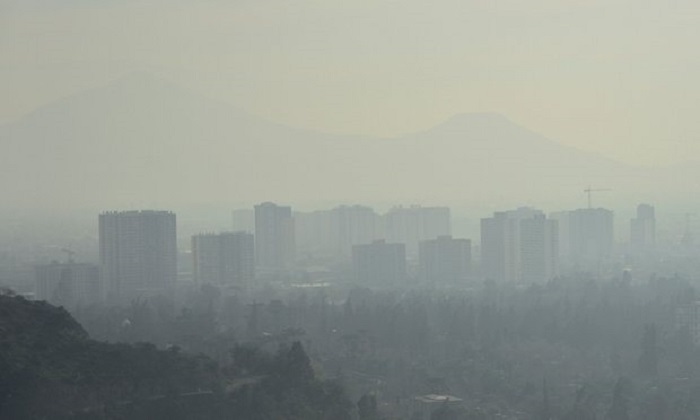Its report says air pollution is often seen as a social problem but the economic consequences are huge, . Lost work from air pollution is an increasing issue for rapidly developing cities, for instance.
Fatih Birol, executive director of the IEA, told the Guardian that governments should take more responsibility: “Air pollution does not get the attention it deserves. It is a global problem, and it is extremely important. It is a crisis.”
The energy industry is a leading source of pollution – including sulphur and nitrogen compounds – that cause breathing difficulties in vulnerable people, including children and older people, and can lead to premature death. Another key problem is that about 2.7 billion people around the world are still dependent on wood and waste fires that cause indoor air pollution, affecting women and young children the most.
At least 6.5 million people a year are believed to be dying from air pollution, and many more lives are harmed, according to experts. But governments have been slow to respond, according to the first IEA report on the issue. If they act, the problem could be halved in the next three decades, the IEA says.
Air quality has been identified as the fourth-largest threat to human health, after high blood pressure, poor diet and smoking. Eight in 10 of the cities around the world that monitor the problem exceed the levels at which harm is caused.
This is the first time the IEA, which normally confines itself to statistics on energy use and greenhouse gas emissions arising from that, has ventured into this territory. Birol said it was a measure of the seriousness of the problem, which was costing the global economy billions a year.
He said the most important thing to be done was for governments to take responsibility and put in place the policies needed – such as regulation of industry – as well as to cooperate with each other. Clean energy sources such as renewables could play a key role, he added.
Energy production and use account for about 85% of particulate matter and almost all of the sulphur oxides and nitrogen oxides, the IEA report says.
It notes that air pollution from agriculture should be a concern for governments, as fertilisers used on intensively farmed fields can cause problems both for air pollution and agriculture. Nitrous oxide and ammonia, arising from fertilisers, are more powerful than carbon in terms of trapping heat in the atmosphere, and can combine with other emissions to form more harmful gases.The global air pollution crisis killing more than 6 million people a year must be tackled by governments as a matter of urgency and not just left to the private sector, a report from the world’s leading energy authority says.
An increase of investment in energy of about 7% a year could tackle the problem, and would pay for itself through health benefits and better social conditions, the International Energy Agency estimates.
Its report says air pollution is often seen as a social problem but the economic consequences are huge, . Lost work from air pollution is an increasing issue for rapidly developing cities, for instance.
Fatih Birol, executive director of the IEA, told the Guardian that governments should take more responsibility: “Air pollution does not get the attention it deserves. It is a global problem, and it is extremely important. It is a crisis.”
The energy industry is a leading source of pollution – including sulphur and nitrogen compounds – that cause breathing difficulties in vulnerable people, including children and older people, and can lead to premature death. Another key problem is that about 2.7 billion people around the world are still dependent on wood and waste fires that cause indoor air pollution, affecting women and young children the most.
At least 6.5 million people a year are believed to be dying from air pollution, and many more lives are harmed, according to experts. But governments have been slow to respond, according to the first IEA report on the issue. If they act, the problem could be halved in the next three decades, the IEA says.
Air quality has been identified as the fourth-largest threat to human health, after high blood pressure, poor diet and smoking. Eight in 10 of the cities around the world that monitor the problem exceed the levels at which harm is caused.
This is the first time the IEA, which normally confines itself to statistics on energy use and greenhouse gas emissions arising from that, has ventured into this territory. Birol said it was a measure of the seriousness of the problem, which was costing the global economy billions a year.
He said the most important thing to be done was for governments to take responsibility and put in place the policies needed – such as regulation of industry – as well as to cooperate with each other. Clean energy sources such as renewables could play a key role, he added.
Energy production and use account for about 85% of particulate matter and almost all of the sulphur oxides and nitrogen oxides, the IEA report says.
It notes that air pollution from agriculture should be a concern for governments, as fertilisers used on intensively farmed fields can cause problems both for air pollution and agriculture. Nitrous oxide and ammonia, arising from fertilisers, are more powerful than carbon in terms of trapping heat in the atmosphere, and can combine with other emissions to form more harmful gases.
More about:
















































